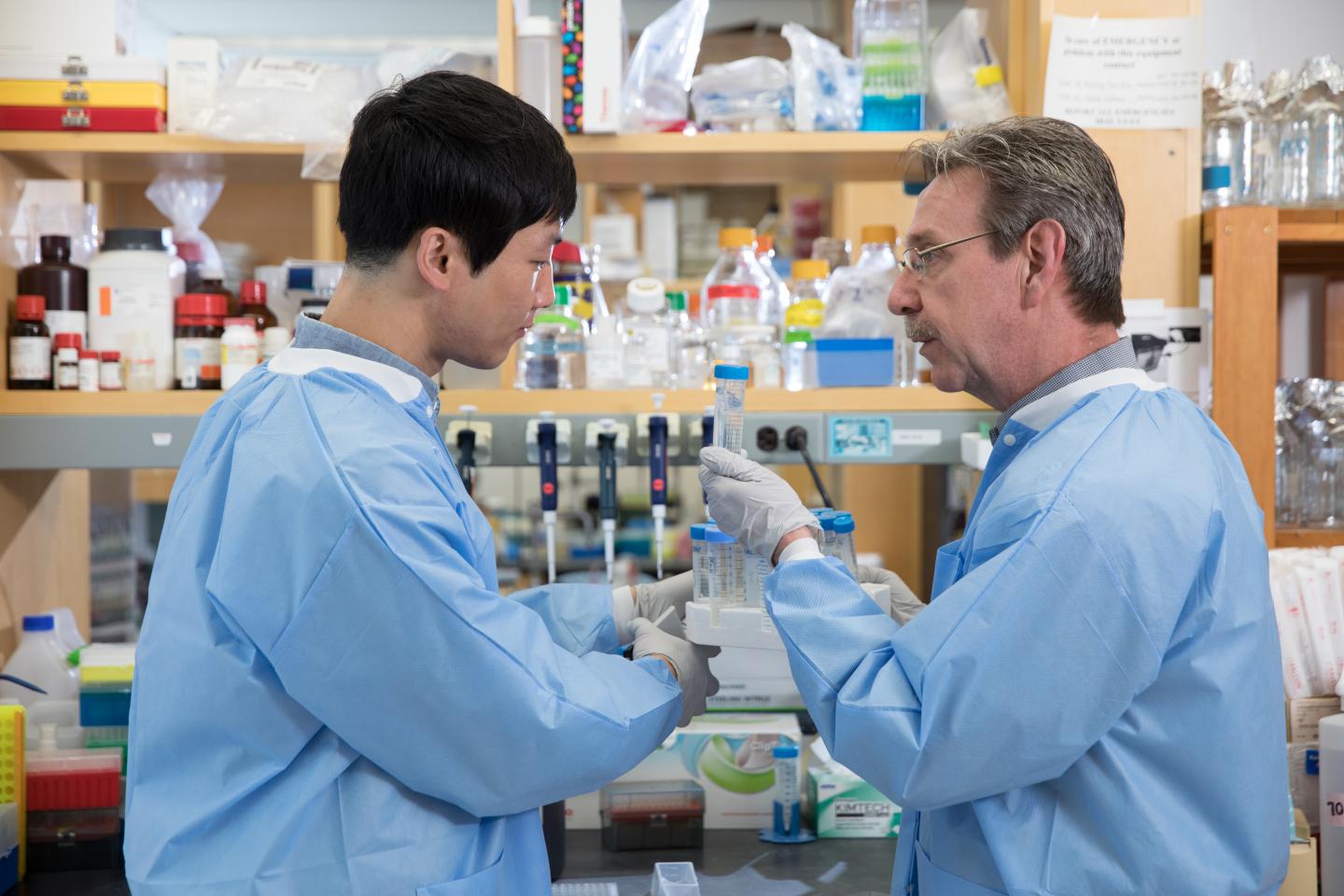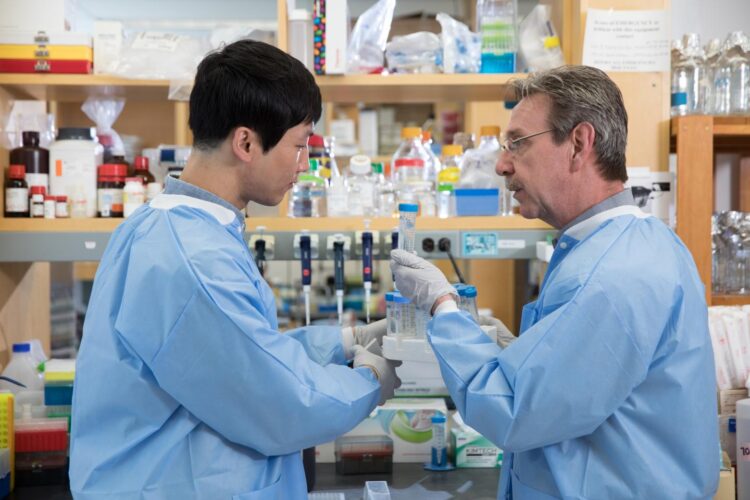Certain hormone-like compounds boost dopamine levels in the brain

Credit: McLean Hospital
Study Highlights
- The Nurr1 protein maintains the health of neurons that produce dopamine and die off during the progression of Parkinson’s disease.
- Hormone-like compounds called prostaglandin A1 and E1 bind to and activate Nurr1.
- Prostaglandin A1 or E1 treatment lessened symptoms in a mouse model of Parkinson’s disease.
Investigators have identified two molecules naturally produced by the body that stimulate the production of dopamine, the molecule that is in short supply in the brains of patients with Parkinson’s disease. Stimulating dopamine production may help reverse the progression of the disease. The research was led by scientists at McLean Hospital in collaboration with scientists at Nanyang Technical University, Singapore, and published in the journal Nature Chemical Biology.
The team designed the study based on the knowledge that a protein called Nurr1 is key for maintaining the health of neurons that produce dopamine, which helps control a person’s movements and emotions. It is thought that decreased Nurr1 effectiveness may lead to a decrease in dopamine levels, which then results in the development of Parkinson’s disease.
“We thought that small molecules that can activate Nurr1 may be promising drug candidates to treat Parkinson’s disease. After many years of research, in 2015, we found three FDA-approved drugs that bind to Nurr1 and activate it,” explained senior author Kwang-Soo Kim, PhD, director of the Molecular Neurobiology Lab at McLean Hospital and a professor of psychiatry at Harvard Medical School. “This finding prompted us to hypothesize that there may be natural molecules–that is, endogenous ligands–that also bind to Nurr1 but don’t have side effects.”
When the scientists looked for such molecules in various tissues from mice, they found hormone-like compounds called prostaglandin A1 and E1 as promising candidates that bound to and activated the Nurr1 protein. The collaborative team also created a model depicting the structure of these molecules when they are bound to the Nurr1 protein by performing X-ray co-crystallography and nuclear magnetic resonance studies. This information will be critical as treatment strategies that target Nurr1 are optimized.
The investigators showed that physiological concentrations of prostaglandin A1 or E1 in the nanomolar ranges can protect dopamine neurons against neurotoxins. Next, the investigators found that when mouse models induced to develop symptoms similar to Parkinson’s disease were treated with prostaglandin A1 or E1, the animals’ motor skills and functions improved significantly without any signs of side effects, such as abnormal dyskinesia-like behavior. Analyses of the animals’ brains revealed that the treatment protected the dopamine-producing brain cells from dying and made them produce higher levels of dopamine.
“Although we showed that these molecules can correct Parkinson’s-like symptoms in animal models in a neuroprotective manner, further studies are essential to determine whether they can work in human clinical trials,” said Kim.
###
Facebook: https:/
Twitter: https:/
Media Contact
Laura Neves
[email protected]
Original Source
https:/
Related Journal Article
http://dx.





